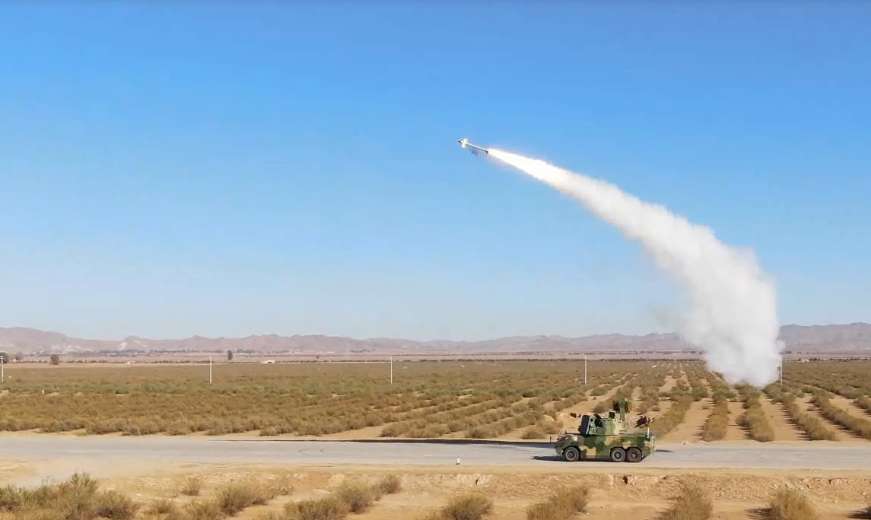The Xinjiang military command conducted tests of an updated short-range surface-to-air defence missile system in the “Karakoram plateau region” close to the India border, according to reports in China’s state media.
The South China Morning Post of Hong Kong stated that the tests, which were seen on camera at a height of 4,500 metres, “looked to be HQ-17A air defence missiles, part of an integrated system that can fit in a single truck.”
According to a military observer who was not named in the newspaper, the October high-altitude drills between India and the United States may have been the target of the “display of deterrence.” On August 15, as India celebrated its 75th anniversary of independence, the live-fire drill was televised on the official channel China Central Television (CCTV).
According to the CCTV report, a low-flying target plane was struck by the “new sort of surface-to-air missile.” The drills “included a new type of HQ-17A short-range air defence missile, part of a system commissioned by the Xinjiang command in May last year,” retired People’s Liberation Army (PLA) Colonel Yue Gang told the Post. The effectiveness of its search and radar tracking abilities have also been improved, he added.
He continued, “Right now, the PLA is conducting highly visible fire strike exercises on the plateau, with a view to deterrence and countermeasures.
Even as ongoing talks between India and China to end the standoff along the LAC appear to have come to a standstill, China’s State media has continued to highlight the PLA’s efforts to improve infrastructure along the western borders, particularly in forward areas close to the Line of Actual Control (LAC).
The PLA has so far showed little interest in reverting to the situation before its violations in April 2020, and negotiations have not yet advanced in the other conflict zones of Hot Springs, Demchok, and Depsang.
